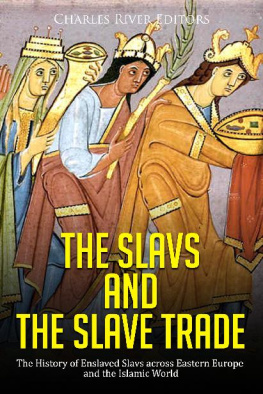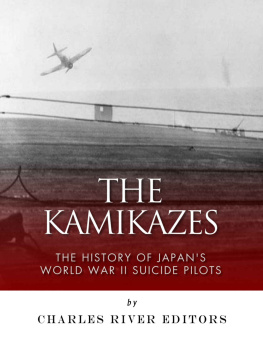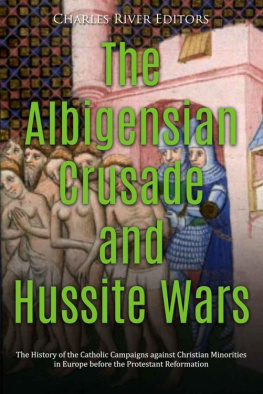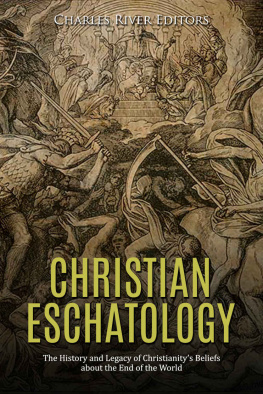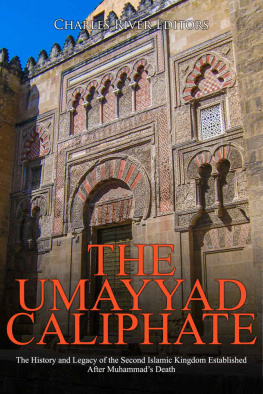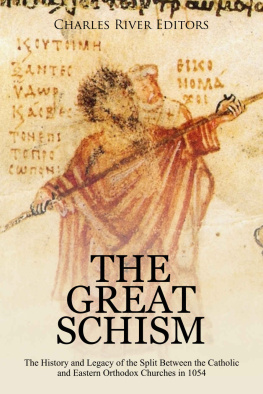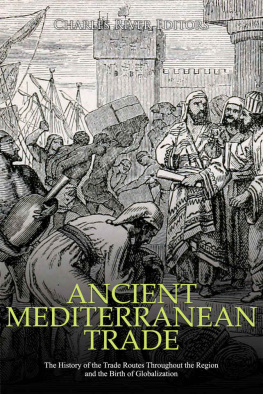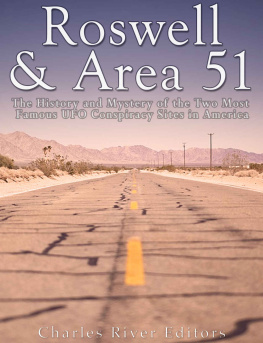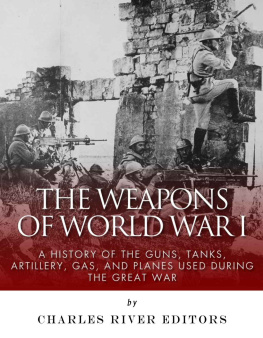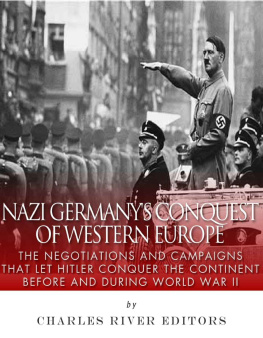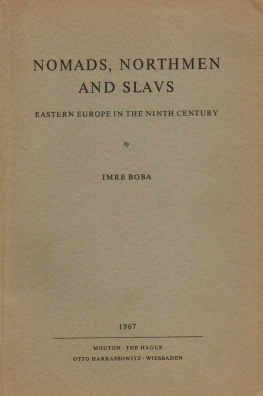The Slavs and the Slave Trade: The History of Enslaved Slavs across Eastern Europe and the Islamic World
By Charles River Editors
About Charles River Editors
Charles River Editors provides superior editing and original writing services across the digital publishing industry, with the expertise to create digital content for publishers across a vast range of subject matter. In addition to providing original digital content for third party publishers, we also republish civilizations greatest literary works, bringing them to new generations of readers via ebooks.
Sign up here to receive updates about free books as we publish them, and visit Our Kindle Author Page to browse todays free promotions and our most recently published Kindle titles.
Introduction
It has often been said that the greatest invention of all time was the sail, which facilitated the internationalization of the globe and thus ushered in the modern era. Columbus contact with the New World, alongside European maritime contact with the Far East, transformed human history, and in particular the history of Africa.
It was the sail that linked the continents of Africa and America, and thus it was also the sail that facilitated the greatest involuntary human migration of all time. The African slave trade is a complex and deeply divisive subject that has had a tendency to evolve according the political requirements of any given age, and is often touchable only with the correct distribution of culpability. It has for many years, therefore, been deemed singularly unpalatable to implicate Africans themselves in the perpetration of the institution, and only in recent years has the large-scale African involvement in both the Atlantic and Indian Ocean Slave Trades come to be an accepted fact. There can, however, be no doubt that even though large numbers of indigenous Africans were liable, it was European ingenuity and greed that fundamentally drove the industrialization of the Transatlantic slave trade in response to massive new market demands created by their equally ruthless exploitation of the Americas.
The East African Slave Trade on the other hand, or the Indian Ocean Slave Trade as it was also known, was a far more complex and nuanced phenomenon, far older, significantly more widespread, rooted in ancient traditions, and governed by rules very different to those in the western hemisphere. It is also often referred to as the Arab Slave Trade, although this, specifically, might perhaps be more accurately applied to the more ancient variant of organized African slavery, affecting North Africa, and undertaken prior to the advent of Islam and certainly prior to the spread of the institution south as far as the south/east African coast. It also involved the slavery of non-African races and was, therefore, more general in scope.
Islamic slave traders engaged in a particular form of ethnically-based slavery. Whereas for much of human history slavery was somewhat arbitrary, in its later forms it often had a discriminatory component, typically based on race, ethnicity, nationality or religion. This distinction shows how the practitioners of slavery justified the practice in terms of ideology, and Slavic people were discriminated against within the Ottoman Empire. Slavs had lived in the lands of todays Eastern European region for centuries. Slavic peoples were essentially native of Eurasia and settled in the Black Sea region and other parts of todays Balkans, Eastern Europe, the Caucasus and Central Asia. One of their first major political representatives, however, was the Rus , which founded a settlement near todays Kiev in Ukraine from the 9 th century. The Kievan Rus was a major regional power until its demise in the thirteenth century after which the mantle of the Rus was eventually taken up by the Grand Duchy of Moscow. The lands making up modern-day Ukraine were contested for much of the following centuries and were the base for a key section of the slave trade. The Rus were recorded trading slaves on the Volga route, from todays northwestern Russia in the ninth century, with the Muslim world via the Volga River and the Caspian Sea, as well as a separate route via the Dnieper River. Accounts from this period show the use of slaves by the Rus as well as involvement in the slave trade itself. For instance, Ibn Falns writing from the early tenth century from Baghdad, concerning talks with the King of the Volga Bulghars, has been cited by historians as crucial in understanding the Middle East and Slavic regions during this era.
Indeed, some historians have aligned the term Slav as deriving from descriptions of slaves: The word slave and its cognates in most modern European languages is itself derived from sclavus, meaning slav, the ethnic name for the inhabitants of this region.
These trans-European routes diminished somewhat from the thirteenth century but demonstrated how common slave trading was in the region during these centuries. The majority of the people would have been kidnapped from Southeast Europe, as well as the Eurasian and Caucasus regions. Today, that encompasses Russia, Ukraine, Georgia, the Baltic states, Poland, Romania, Bulgaria, and the states of the former Yugoslavia. Crucially, an important component of Slavic identity was the Christian faith, in particular Orthodox Christianity.
In the medieval period, a slave trading network became more entrenched, transporting people from Slavic lands in Eastern Europe to the Mediterranean and beyond. The growing schism between the Catholic and Orthodox versions of Christianity made Orthodox Christians targets of the formers slave traders. As a result, Slavic slaves were captured and taken to parts of Christian Spain, including Aragon and Valencia, in the fourteenth and fifteenth centuries.
Many of the slaves would be put to work in the expanding Islamic world. The term Saqaliba was used in Arabic to denote slaves of central and Eastern European origin, but over time the term became more generally attached to European slaves more broadly. As well as the Volga route, Slavic slaves would be traded through the Balkans as well as through continental Europe to Spain and North Africa. Muslim rule in Spain spanned, to some extent, from around the eighth century to the mid-sixteenth century. The Spanish Caliphate, in particular, used Slavic slaves for military purposes, offering the hope of some degree of freedom with advancement through the ranks, and eunuchs were also widely used in Spain. As male slaves who were castrated, eunuchs had a long-standing role in many countries for centuries, and it was common for slaves to be castrated upon or before arrival in Muslim territory. As well as military recruits and eunuchs, Saqaliba also involved the use of slaves in a harem of concubines as well as servants. A number of these roles would continue for centuries and into the modern era, most notably in the Ottoman Empire.
The Ottoman Empire
The Ottoman Empire is perhaps one of historys most enigmatic dynasties. In power from the late thirteenth century until the beginning of the twentieth century, the Ottoman Empire dominated the Middle East, North Africa and much of South East Europe for most of this period. The Ottomans also gained territory in the Caucasus and parts of the Black Sea region. Seeing themselves as the protectors of the Islamic faith, the Ottomans had somewhat of a unifying impact; nevertheless, when Ottoman armies came into contact with non-Muslim populations and lands, it presented challenges for the imperial rulers.
A number of structural elements made the Ottoman Empire unique and proved important in the persistence of the slave trade into the empire. First, the empire was relatively tolerant of different faiths, marking it out as different from its contemporaries in Europe. Nevertheless, this did not translate to equality between faiths, merely that Islam was the most important religion in the empire and others were tolerated. Legally, this meant that trading slaves was relatively unproblematic. Second, the early centuries of Ottoman rule led to huge territorial gains and a fearsome reputation on the battlefield. A key victory in the growth of Ottoman prestige was its capture of Constantinople (todays Istanbul) from the Orthodox Christian Byzantine Empire in 1453. Suleiman the Magnificent, in particular, who ruled from 1520 until 1566, expanded the empires lands and famously reached Vienna, before being repelled by other European powers. At its peak the Ottoman Empire revolved around Constantinople as its central point, with trade taking place within the empire, with aligned states and territories, as well as outside powers. While not as sophisticated as later capitalist trading networks, the Ottomans nevertheless exploited trade contacts to become one of the worlds most developed and wealthiest regions. However, having acquired vast swathes of territory in Africa, Asia and Europe, the Ottomans went into slow decline right up until the twentieth century. As a result, the perennial weakness of the Ottomans meant much of its land was contested in the final centuries of its existence.


